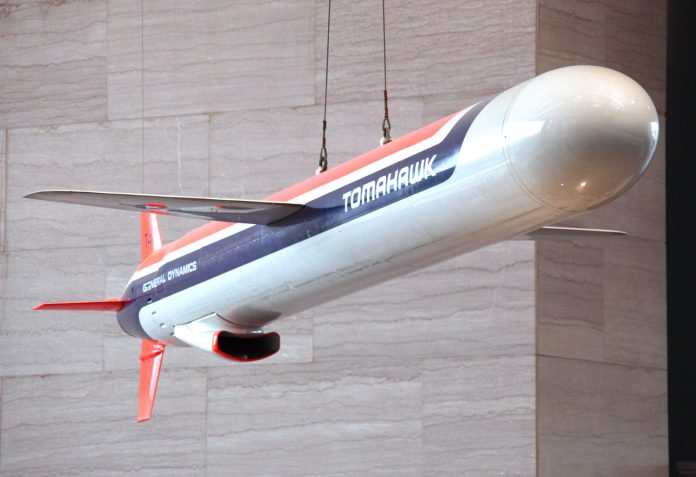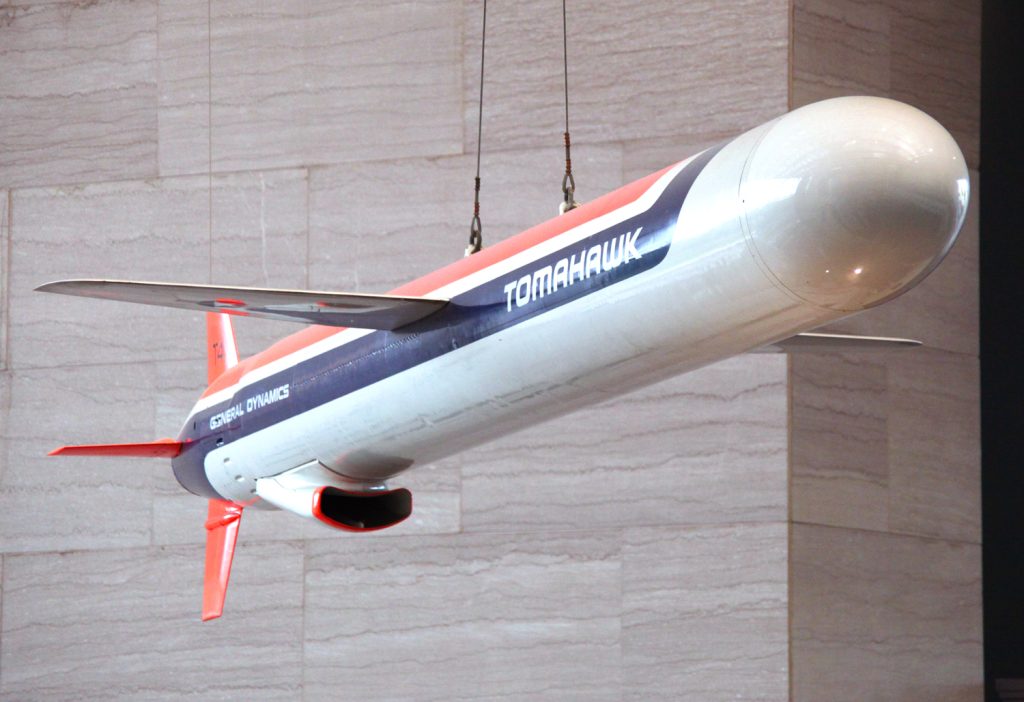
A single missile can deliver more than bombs it can deliver a geopolitical crisis. Russian President Vladimir Putin’s latest threat that equipping Ukraine with Tomahawk cruise missiles would be a “qualitatively new stage of escalation” reflects how weapons technology is now the fulcrum of US-Russia tensions. The threat follows as Washington weighs Kyiv’s request for the long-range weapon, which has the range to reach Moscow, and intelligence assistance for attacks on Russia’s energy hubs.
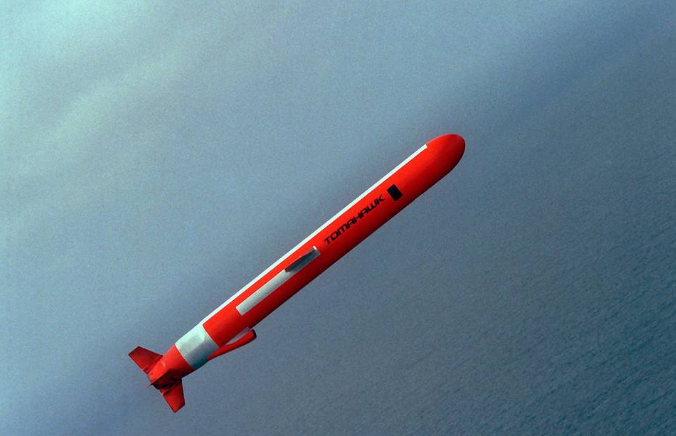
1. Strategic Importance and Capabilities of Tomahawk
The Tomahawk cruise missile with a range of 1,550 miles travels at subsonic speeds of around 550 mph, hovering above terrain to evade radar. It carries a warhead of 450 kg capable of penetrating hard targets such as protected bunkers. Its launch sites are aircraft carriers, submarines, naval ships, and ground systems, hence making it deployable in operational theaters. In Ukrainian hands, these missiles could hit command centers, ammunition depots, and military production plants deep inside Russia, paralyzing logistics and stopping offensive momentum. As former US General Keith Kellogg put it, “There are no such things as sanctuaries” when there is this kind of range.
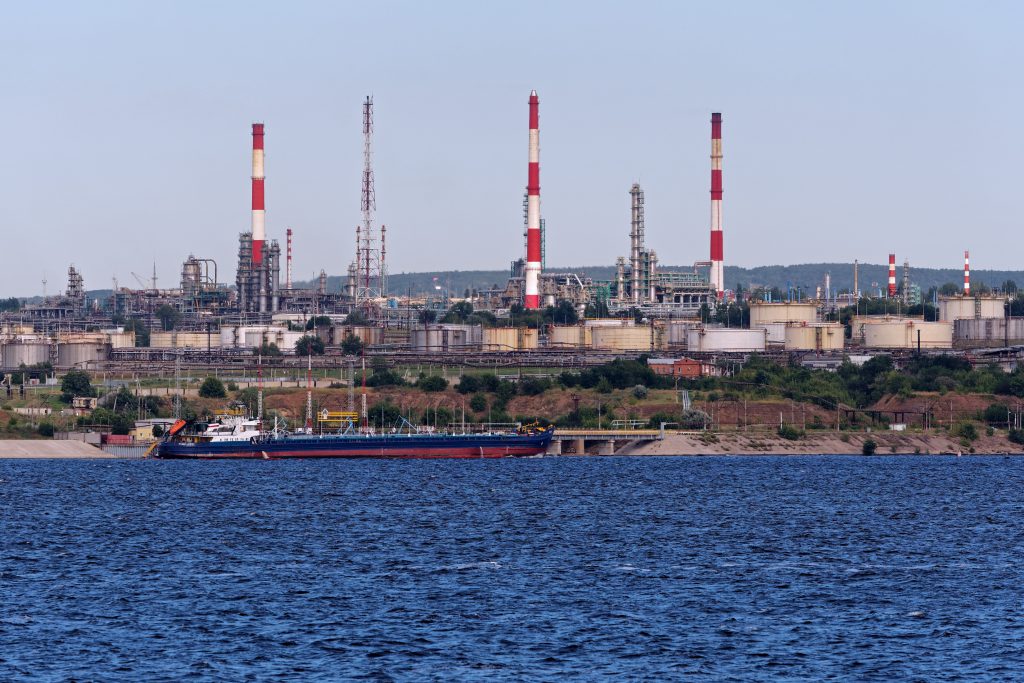
2. US Intelligence Support for Energy Strikes
President Donald Trump signed off on providing Ukraine targeting information for deep attacks on Russian energy facilities refineries, pipelines, and power stations that provide funds for Moscow’s war effort. Ukrainian air strikes have already taken out nearly 40 percent of Russia’s oil-refining capacity, causing gasoline shortages impacting military actions and agriculture. Analysts argue that diesel shortages at the front lines impair the movement of forces and readiness of weapons, increasing the strategic effect of infrastructure attacks.
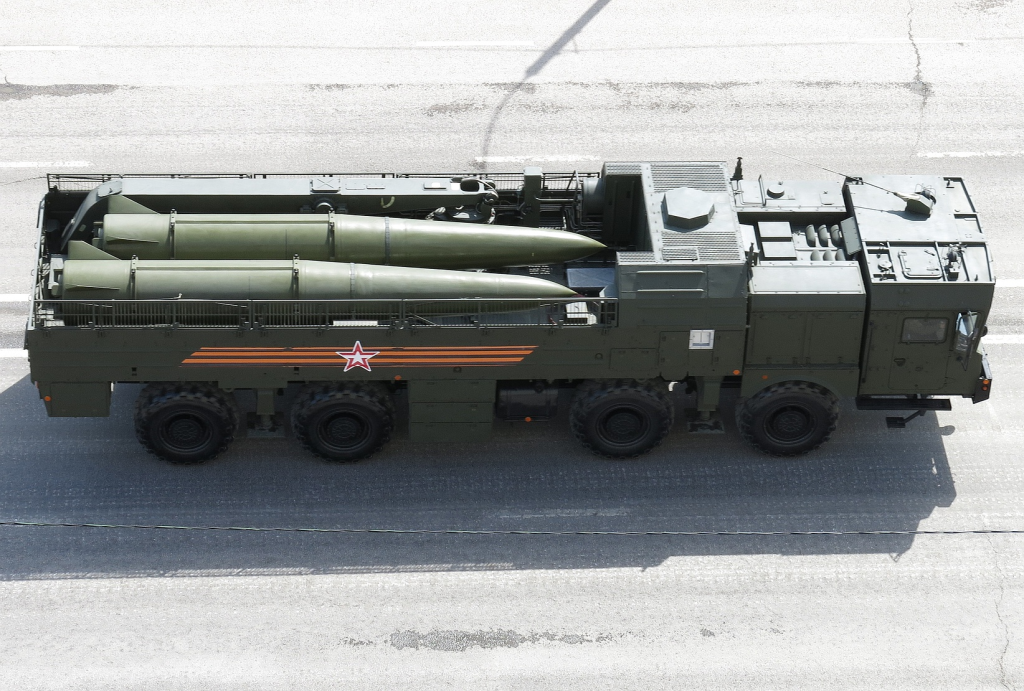
3. Russian Missile Improvements Against Patriot Defenses
Reports validate that Russia has upgraded its Iskander-M and Kinzhal ballistic missiles to be able to evade US-produced Patriot air defense systems. The missiles now use quasi-ballistic trajectories, sharp terminal descents, and radar-decoy systems, making interception algorithms more difficult. Ukraine’s interception rate has dropped from 37 percent in August to only 6 percent in September. Ukrainian Air Force spokesman Yurii Ihnat explained, “The flight of the ballistic missile over such a quasi-ballistic trajectory… makes it more difficult for the Patriot system to exactly know where the missile will be.”
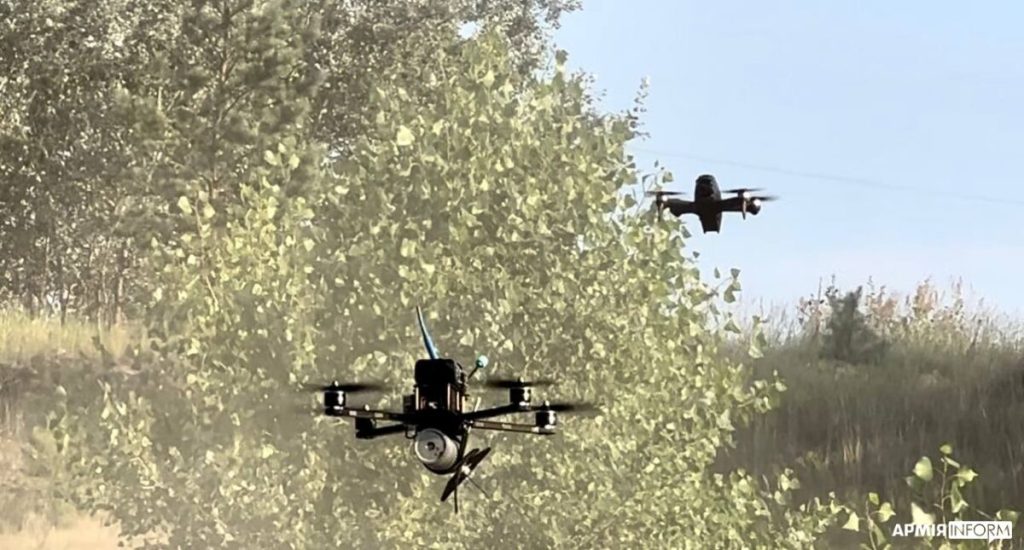
4. The Role of Drones in Shaping the Battlefield
Ukraine’s increasingly sophisticated drone forces from FPV quadcopters to long-range strike UAVs have extended the kill zone far beyond the ranges of conventional artillery. Jam-proof, fiber-optic drones and AI-based targeting systems allow for strikes up to 50 km with precision. Russian countermeasures include mass-producing Shahed-type drones and Lancet loitering munitions, creating a ubiquitous air presence forcing the two sides to improvise tactics at an accelerating rate.
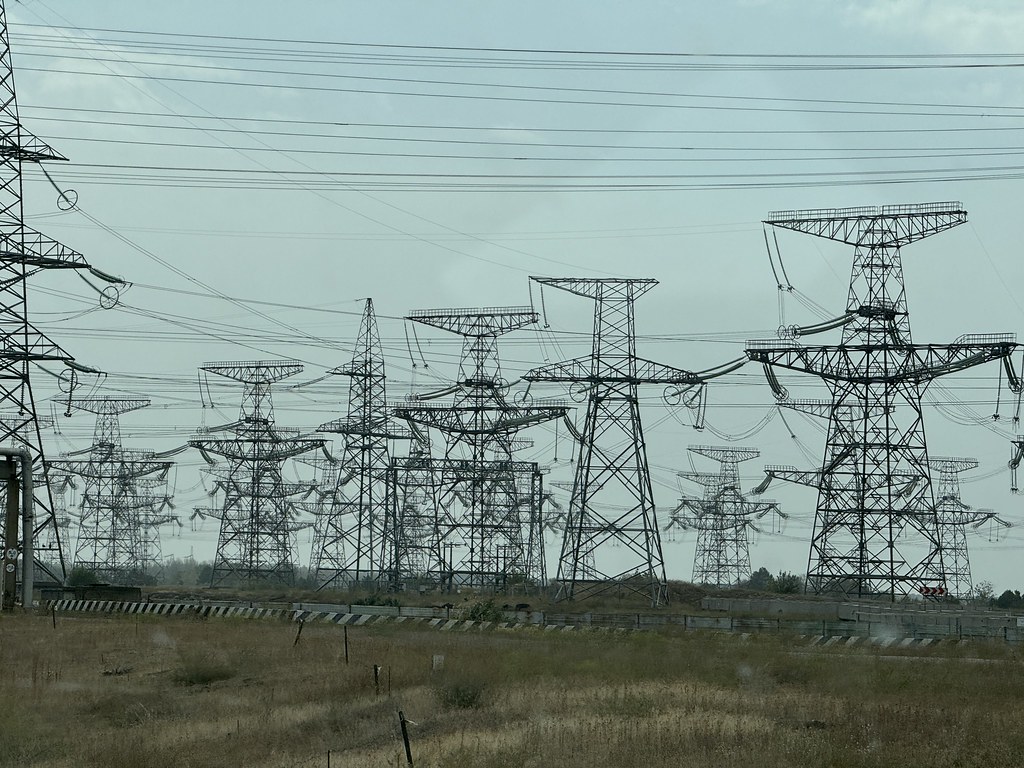
5. Zaporizhzhia Nuclear Plant: Engineering Risks in Wartime
Ukraine accuses Russia of plotting to bring the Zaporizhzhia Nuclear Power Plant onto its own grid by shutting down its last external power line. Emergency diesel generators back up cooling systems, but the International Atomic Energy Agency warns that prolonged use increases the chance of accidents. Even though residual heat in the shut-down reactors is low at about 2.5 MW per unit failure in cooling over weeks could lead to fuel overheating and damage to containment. Satellite imagery shows the construction of transmission lines from Mariupol towards the plant, meaning potential integration with Russia’s grid is well along.
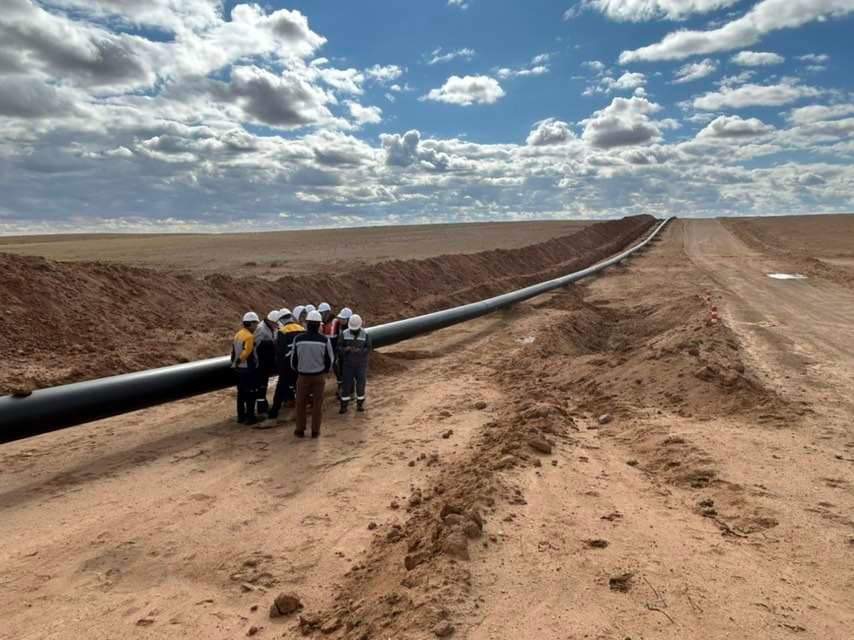
6. Geopolitical Influence Through Energy Infrastructure
Striking at energy resources is not only tactical it is strategic necessity. Russian oil exports fund its defense budget, and shocks ripple through markets globally. Carolyn Kissane at NYU’s Center for Global Affairs notes that “over 75 percent of the world’s oil is held by state-owned companies,” so targeting energy infrastructure strikes directly at state treasuries. For Moscow, to construct Zaporizhzhia production under its own network would consolidate control over a valuable asset.
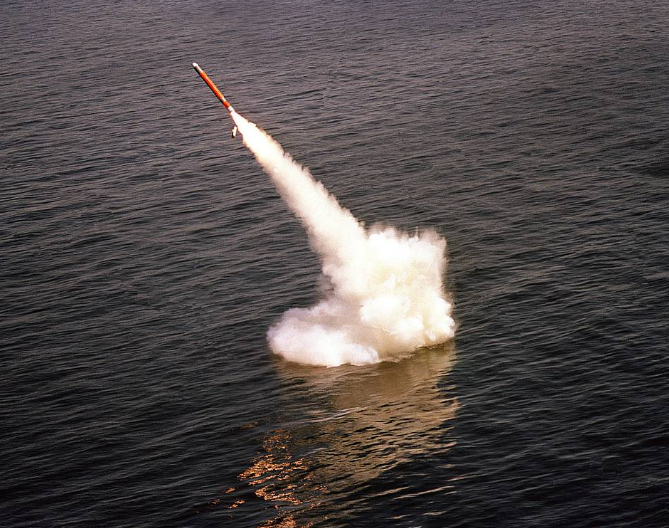
7. Escalation Dynamics and Production Restraints
Though Tomahawks would create new target sets, production constraints no more than 50 to 70 missiles per year mean Ukraine would have to depend on US mission data and targeting intelligence, leaving Washington with a de facto veto on strikes. Experts warn that Russian ability to develop countermeasures, as experienced with HIMARS and Storm Shadow missiles, might reduce Tomahawk effectiveness in the long run. Dr. Sidharth Kaushal of RUSI added, “Saying goodbye to enough cruise missiles to make a qualitative difference would be difficult” given US commitments elsewhere.
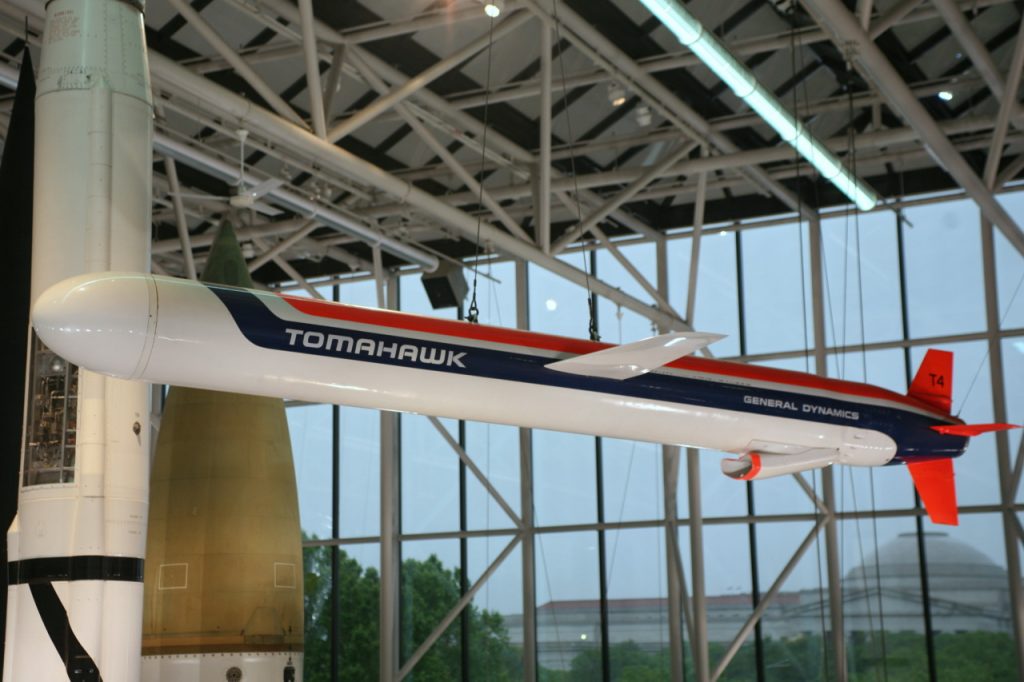
8. The Intersection of Technology and Diplomacy
Putin’s warning to Trump puts the Tomahawk option on the table as a potential trigger for outright US-Russia war. Earlier threats of escalation regarding weapons shipments have not been sufficient to stop final deliveries, but each step tweaks the strategic balance. The spokesman for the Kremlin, Dmitry Peskov, asked if only Ukrainians would operate the missiles, and he implied delicately the risk of US troops getting involved a red line for Moscow’s narrative.
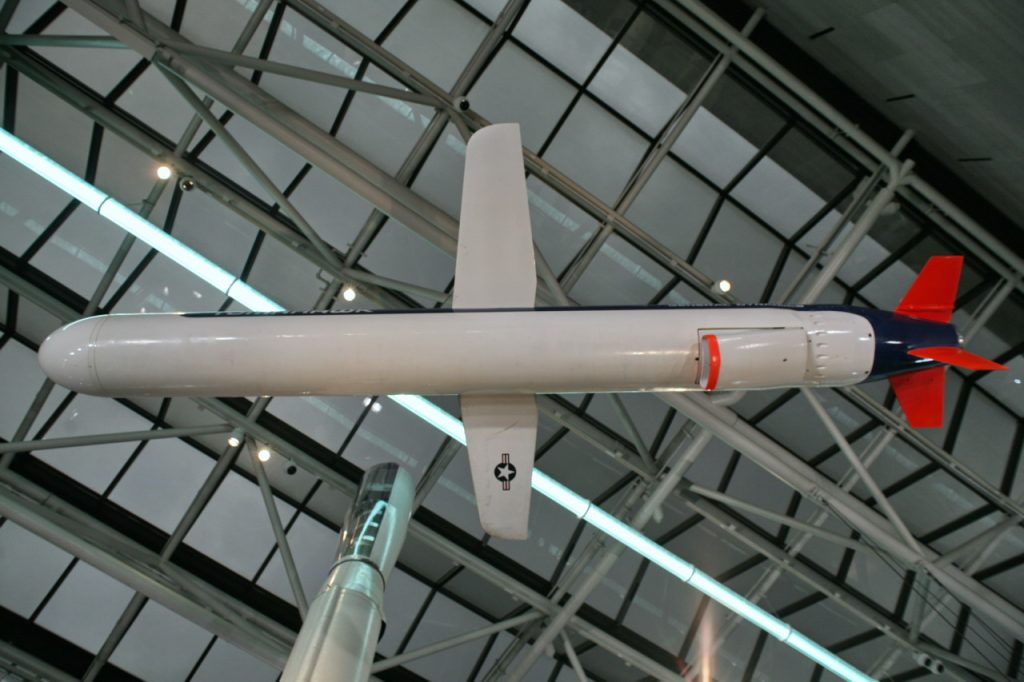
The convergence of advanced missile technologies, targeted precision intelligence, and energy infrastructure targeting is rewriting the technology and geopolitical lines of the Ukraine war. With every advancement comes the necessity for recalibration not only on the battlefield but also in diplomatic channels where escalation points are constantly probed.
